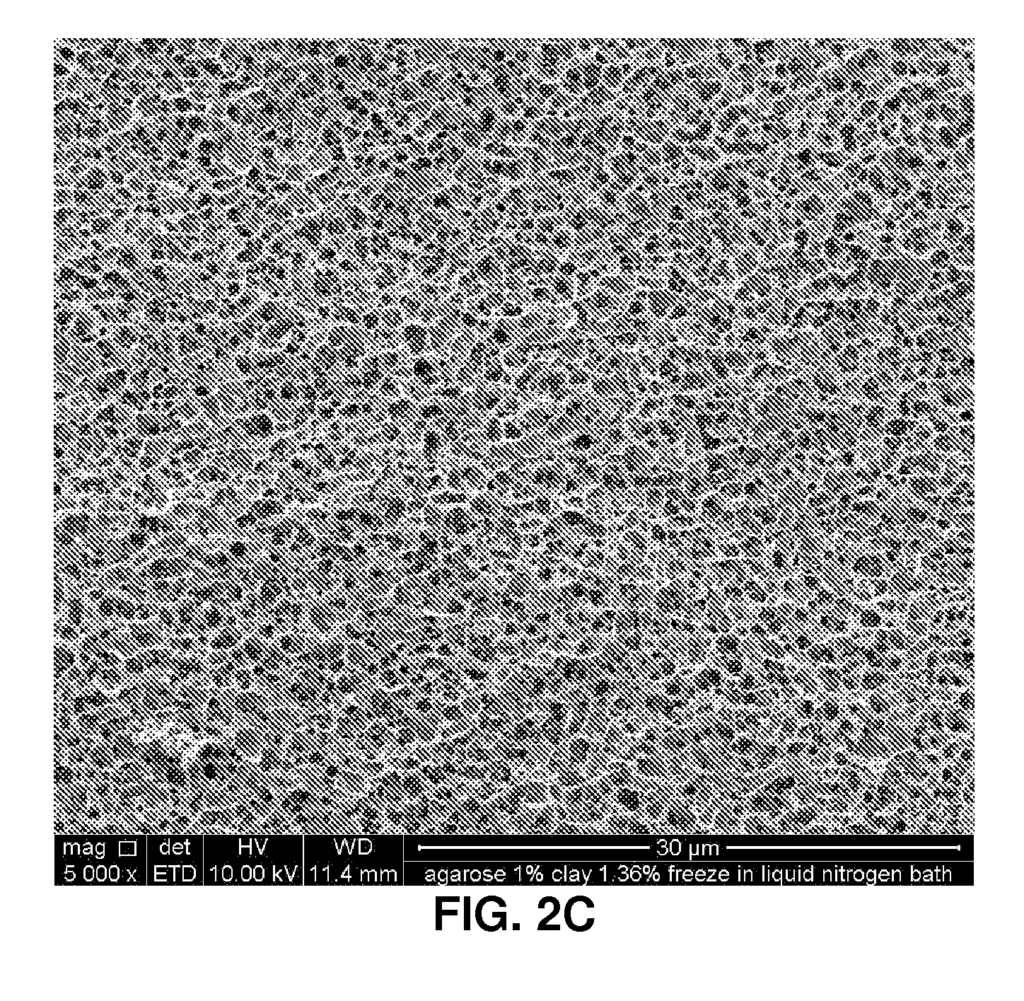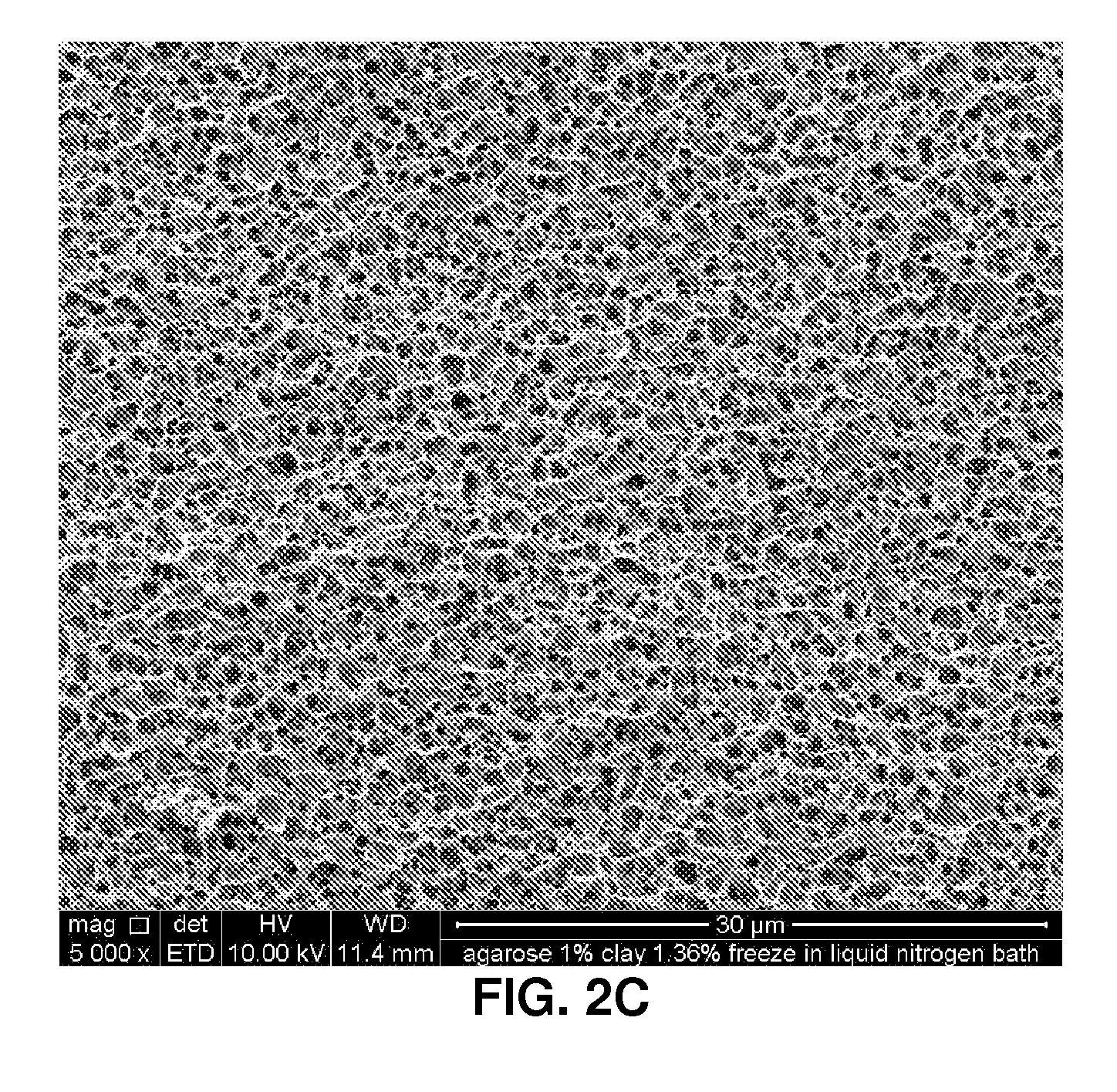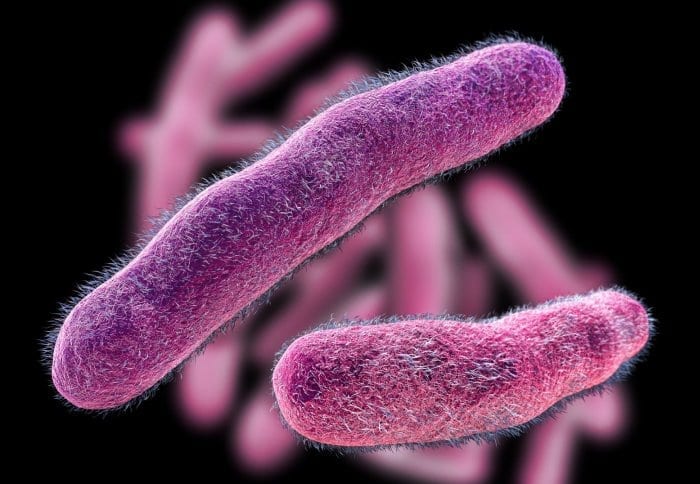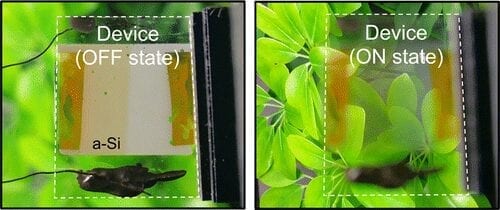
By controlling a mix of clay, water and salt, Norwegian and Brazilian researchers have created nanostructures that might help boost oil production, expand the lifespan of certain foods or that could be used in cosmetics or drugs.
You’ve seen sauce or mayonnaise that separates, or a slippery layer of oil that forms on top of skin cream. Oil and water generally stay separate. It is actually hard work to keep water droplets or oil droplets stable in a substance called an emulsion.
Processed food, medicine and enhanced oil recovery from oil reservoirs all face this challenge. And while a substance called an emulsifier can also be used to keep an emulsion stable, many industries also have the opposite challenge—keeping oil separated from water.
Jon Otto Fossum, an NTNU physicist, has previously worked with controlling the behavior of clay and oil drops using electricity, a find that was published in Nature Communications in 2013. Now he’s branching out into salty water, oil and clay.
- You might also like: Clay can be used for carbon capture
Designer materials
In this latest effort, Fossum led an international group that created two different types of clay-based nanostructures on an oil droplet in water simply by fine-tuning the salinity of the water around the drop. The find was published in an open-access online journal published by Nature called Scientific Reports.
The find builds on two well-known properties of clay in water.
Clay particles repel one another in water that does not contain salt. In this case, the clays form the same kinds of nanostructures that are found in glass materials.
In contrast, clay particles in saline water tend to aggregate and form a kind of gel consisting of a nano-network of clay particles.
“It is possible to design small particles of clay with a micrometer thin gel on an oil droplet in water by fine tuning the salinity of the water around the oil drop,” said Fossum.
- You might also like: Small capsules, big potential
Mechanical strength important
Fossum said the find shows that there are micrometer-thick gel structures formed at specific salt concentrations in water with sufficient mechanical strength to prevent oil droplets in emulsions from merging with one another. Until the team’s research, no one had observed glass or gel nanostructures in nanofluids at fluid-fluid interfaces.
The ability to create micrometer-thick gel structures by controlling salt concentrations could be used to improve the amount of oil recovered from oil reservoirs, Fossum said, or might be able to improve the lifetime of specific food products. The structures might also find a use in medicines or cosmetics, he said.
Norwegian-Brazilian cooperation
The international team behind the research is drawn from NTNU, Norway’s largest university, and from Pontifica Universidade Catolica do Rio de Janeiro (PUC-Rio), and Universidade de Sao Paulo (USP), two of Latin America’s top universities.
Learn more: Clay and a little salt water can make for enhanced oil recovery
The Latest on: Clay-based nanostructures
[google_news title=”” keyword=”Clay-based nanostructures” num_posts=”10″ blurb_length=”0″ show_thumb=”left”]
via Google News
The Latest on: Clay-based nanostructures
- New plastic-free clay cups aim to reduce wasteon April 23, 2024 at 2:42 pm
A Bay Area-based tech company is trying to cut down on plastic waste by turning to clay cups. GaeaStar, which is based in San Francisco and Berlin, points out that about 500 billion coffee cups are ...
- DIY Garden Markerson April 20, 2024 at 5:02 pm
Polymer clay is a modeling clay based on the polymer polyvinyl chloride (PVC). It typically contains a mixture of the polymer, plasticizers to keep it flexible, and various pigments for color.
- Clay-based irrigation technology being tested in Gozo could slash water useon April 16, 2024 at 5:01 pm
An innovative irrigation method being tested in Gozo by local scientists could drastically reduce the amount of water needed to irrigate plants and trees. The clay-based system involves placing ...
- A Video Game Made Out of Brick, Clay and Tenacityon April 14, 2024 at 5:00 pm
But on rare occasions, designers choose to build their interactive worlds not from pixels and polygons but from physical materials like cardboard and clay. For his haunting 2013 puzzle game ...
- 2024 Bryan Clay Invitationalon April 13, 2024 at 9:44 pm
FloTrack will provide LIVE coverage of the 2024 Bryan Clay Invitational in Azusa, CA. Stream or cast from your desktop, mobile or TV. Now available on Roku, Fire TV, Chromecast and Apple TV.
- Best Clay Pigeon Throwers of 2024on April 11, 2024 at 9:12 am
A clay pigeon thrower makes shotgun shooting more fun and more affordable, and it makes you a better shot. It lets you throw clay targets that test your scattergunning skills. With your own trap ...
- Lightyear Frontier: How To Get Clayon March 27, 2024 at 5:01 pm
Clay is a highly versatile and useful material that you can acquire in Lightyear Frontier, and here is how you can obtain it. Coal is an important material for anyone who is playing Lightyear ...
- Meru varsity researchers make clay-based cementon February 19, 2024 at 1:00 pm
Clay-based cement laboratory at Meru University of Science and Technology (MUST). [Phares Mutembei, Standard] Scientists at Meru University of Science and Technology (MUST) have innovated clay ...
- Clays in the Minerals Processing Value Chainon September 18, 2023 at 2:38 am
Carrillo, Francisco J. and Bourg, Ian C. 2019. A Darcy‐Brinkman‐Biot Approach to Modeling the Hydrology and Mechanics of Porous Media Containing Macropores and Deformable Microporous Regions. Water ...
via Bing News








![[Right: Artist's concept of nanometer-size metallic wires and metallic particles embedded in semiconductors, as grown by Dr. Hong Lu. Credit: Peter Allen, UCSB]](https://innovationtoronto.com/wp-content/uploads/2014/04/gossard-lu-nanowires-900.jpg)


